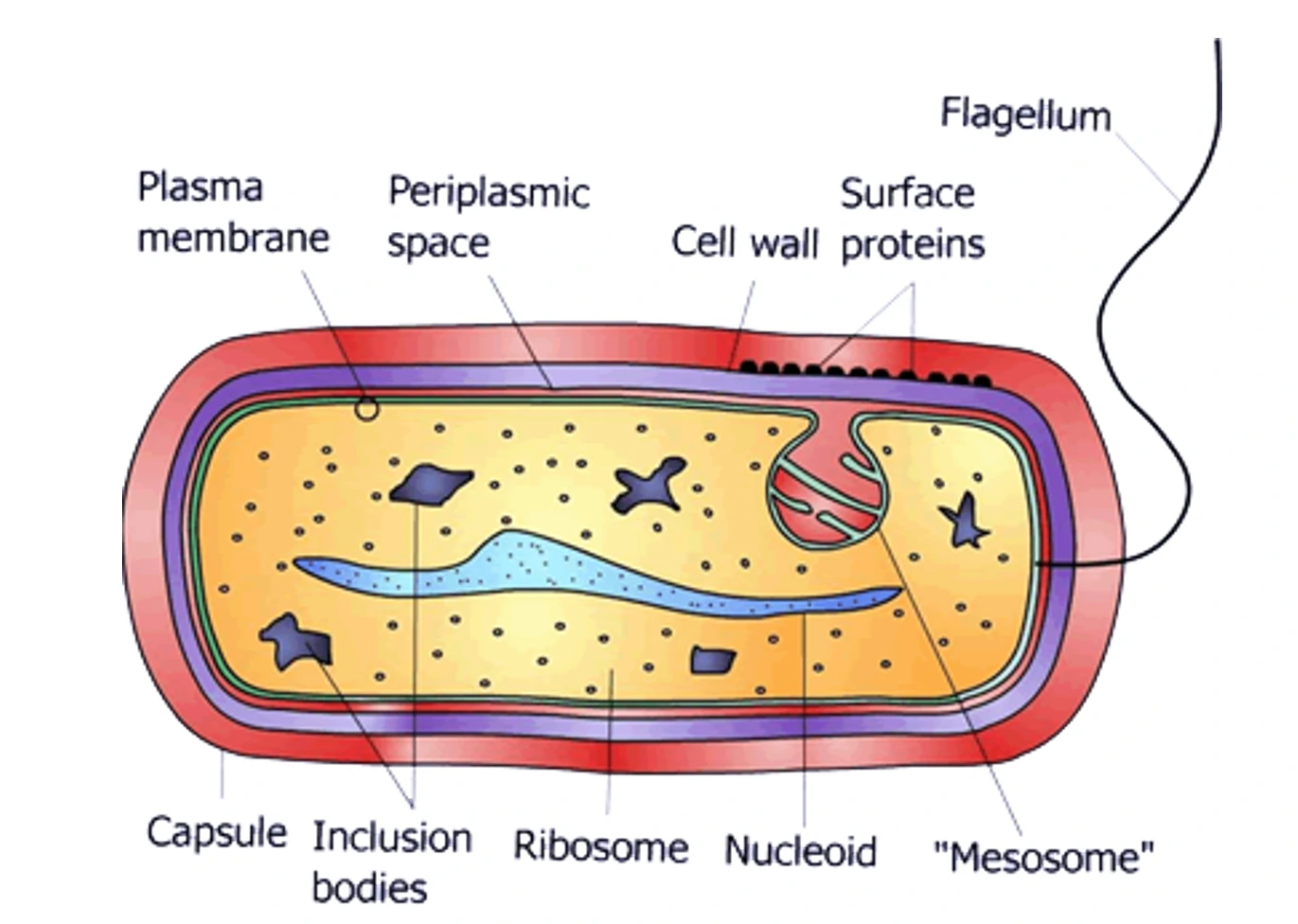BACTERIA DETECTION
TRULY QUANTITATIVE MEASUREMENT OF TOTAL BACTERIAL TITRE
The presence of bacteria in the environment and the human body is very common, we come into contact with countless species every day. It is gratifying that most of them are neutral or friendly to human. However, the presence of pathogenic strains is also not neglectable. The development of rapid, sensitive and specific methods for the detection and analysis of bacteria is of great significance for food safety, environmental testing, disease mechanisms, diagnosis and treatment, and prevention of bioterrorism.

Plate counting and light microscopy are the two traditional methods for single-bacteria analysis. Currently, many other techniques have been made available for bacterial analysis at the single-cell level. For example, single-cell polymerase chain reaction (PCR) or fluorescence in situ hybridization (FISH) was used to decipher bacterial genetic heterogeneity; single-cell electrophoretic separations were used to measure biochemical heterogeneity; and microarrays have been applied to identify the cellular expression heterogeneity. Among these techniques, flow cytometry (FCM) has emerged as one of the best choices for the analysis of single bacterial cells. Flow cytometry is a powerful technique widely used for single-bacteria analysis, and the structural and functional diversity of bacterial populations can be characterized in a rapid and statistically representative manner. However, challenges still remain for bacterial analysis due to the limited sensitivity of conventional FCM. The new development of high sensitivity flow cytometry overcomes this problem by adopting strategies for single molecule fluorescence detection in a sheathed flow. Using label-free side scattering detection, a single bacterial cell can be well discriminated from the instrumentation background. As for the fluorescence detection sensitivity, the autofluorescence of a single bacterial cell can be detected and quantified in the unit of FITC equivalents. By facilitating high-resolution and multiparameter analysis of single bacteria, Flow NanoAnalyzer provides a proficient tool to gain further insight into the complexity of bacterial cells. The recent applications of the Flow NanoAnalyzer in areas such as (1) total bacterial cell count, (2) bacterial viability analysis, (3) specific bacterial detection and identification, (4) characterization of physiological changes under environmental perturbations, and (5) biological function studies.



